A lot of change has occurred since King Charles III attended Gordonstoun in Elgin in the 1960s.
TVs once had just three channels, computers were seen as a large machine typically occupying an entire room, and one of the most sought after products was the 8-track tape.
Now you can watch countless films and programmes on online streaming platforms, carry the same amount of processing power as a computer in your pocket, and listen to a song wherever and whenever you like through your phone.
These are some advances on the technology front alone – and I haven’t even touched the surface.
Another historic change/occasion took place on Saturday. The Coronation of His Majesty the King.
It is widely known that Gordonstoun helped shape the now King from 1962 to 1967.
His love of the arts and archaeology have been touched on by Press and Journal chief news feature writer Neil Drysdale in the past.
But today, we’re looking at what King Charles III dined on during his years at the Moray school.
A day of meals at Gordonstoun in the 60s
Gordonstoun was single sex operation when Charles attended.
All of the students ate together seated at tables beneath a portrait of Prince Philip, the most famous of the Gordonstoun alumni at that time.
They all took it in turns to wait on each other including the young Prince Charles.
Breakfast was served at 8.15am and featured porridge, fruit (particularly bananas), bacon, eggs from the hens on campus, toast and marmalade.
The school’s founder, German Jew Kurt Hahn, adored muesli so it remains a staple.
The Masters would sit with the students for one meal – lunch. Served at 1.20pm, it was a substantial hearty meal of simple British fare.
Braised meat with potatoes, Scotch broth, roast chicken and vegetables and shepherds pie were among the options. The meal was served with large jugs of water and milk.
A perk of waiting on fellow students was the opportunity to skim off the cream from the milk churns in the kitchen.
Later in the day at 4pm, tea was served in the individual houses. Prince Charles was a member of Windmill Lodge – a boarding house still in use, but now housing girls.
Tea comprised toast with butter and jam as well as tea and coffee. Victoria sponge or lemon cake were also on the cards on occasion.
Supper was served at 7.30pm and could include anything from beef stew with mashed potatoes and carrots – from the school’s vegetable garden – to chicken casserole with boiled potatoes and neeps or vegetable soup.
Occasionally game locals would provide duck, pheasant and other game from the estate.
Puddings included rice pudding, bread and butter pudding with ladles of custard and even ‘dead man’s leg’ (spotted dick pudding).
What’s served at Gordonstoun now?
Catering services manager at Gordonstoun, Jamie Campbell, has worked at the school for close to 15 years.
The now 30-year-old started out washing dishes and has made his way up the ranks.
More than 1,000 meals are served daily to students and staff. However, this figure can double when there are visitors on the grounds or during major school events including open days or formal dinners.
There are three main meals served.
Breakfast consists of a cooked breakfast, pastries and toast, a continental selection or
cheese and cold cuts with fresh yoghurt, freshly cut fruit, a variety of cereals, milks and soya milks.
At lunch, soup is provided along with sandwiches and a fresh salad bar with a pasta main meal, a chef’s special meal which might be fajitas or a paella, and the main choice counter. This could be a roast carved by the chef or locally sourced salmon fillets.
Supper might be an old favourite like spaghetti bolognaise or something more adventurous like hoisin beef strips with stir-fry rice. Fish and chips is a firm favourite on a Friday evening.
As with lunch, there is a fresh salad bar at supper with dressings, sauces and condiments along with fresh fruit.
There are always vegetarian and vegan options and all other dietary requirements are covered as well, something that wasn’t considered in the 1960s.
‘The basic staples never change overall’
Jamie, from Burghead, said: “Gordonstoun was the first school to introduce an awareness of the importance of a balanced diet and nutrition into catering for students – which happened during HRH Prince Philip’s time at the school, and he actually took part in the study that played a part in that awareness.
“The main difference between food during King Charles’ time and now is the science that goes into our meal planning.
“The sheer variety of food on offer is another big change. We are able to source ingredients from around the world which would not have been available at that time.”
Gordonstoun is also committed to sourcing as much produce as possible locally.
“King Charles’ contemporaries recall large trays of bacon with huge stacks of toast, which remain a popular option today, as is muesli and porridge,” Jamie added.
“This still goes down very well with the students, albeit with seeds and spices to add to them.
“The basic staples never change overall, they may be enhanced with much more nutrition and flavours but underneath the food is fundamentally similar.
“For example steak pie in those days was very simply made. Today we add in some herbs, seasoning and puff pastry – but it is still a steak pie.”
He went on to say: “We believe in food education where if we provide the right food and the right education, the students will feel empowered to make the right choices for them.
“This is all part of the Gordonstoun education and ethos, just as it was back in King Charles’ school days.
“We hope that the students will learn to think carefully about what they eat, what they enjoy, what is good for them, how it all makes them feel that they will make informed choices.”
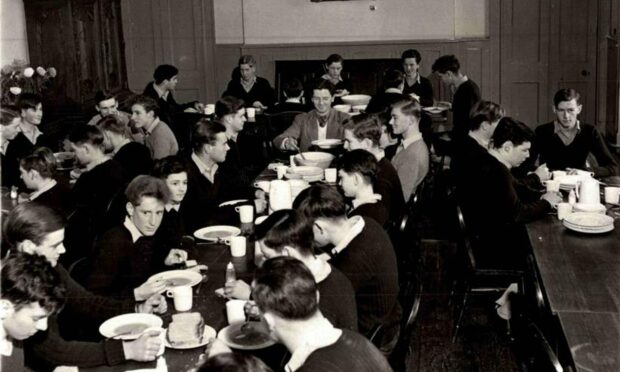
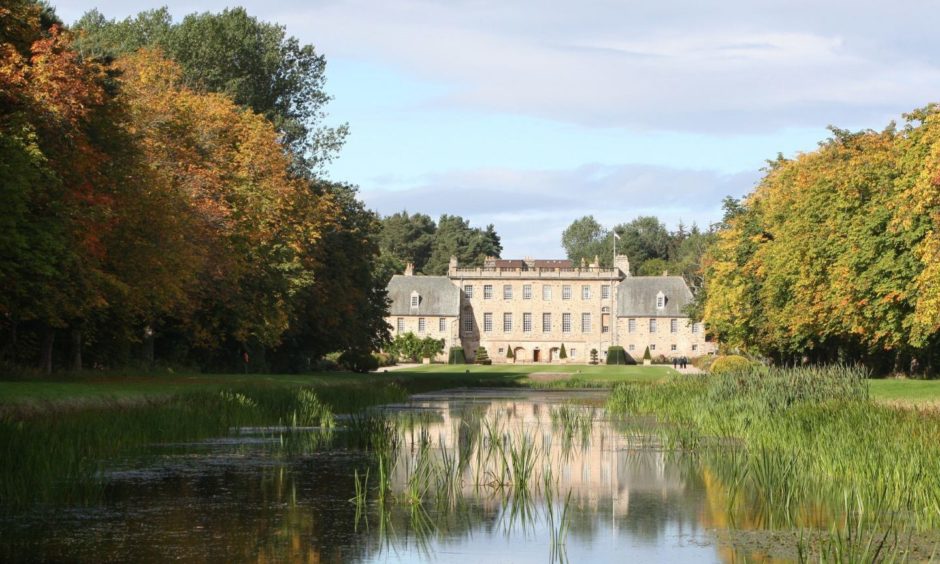
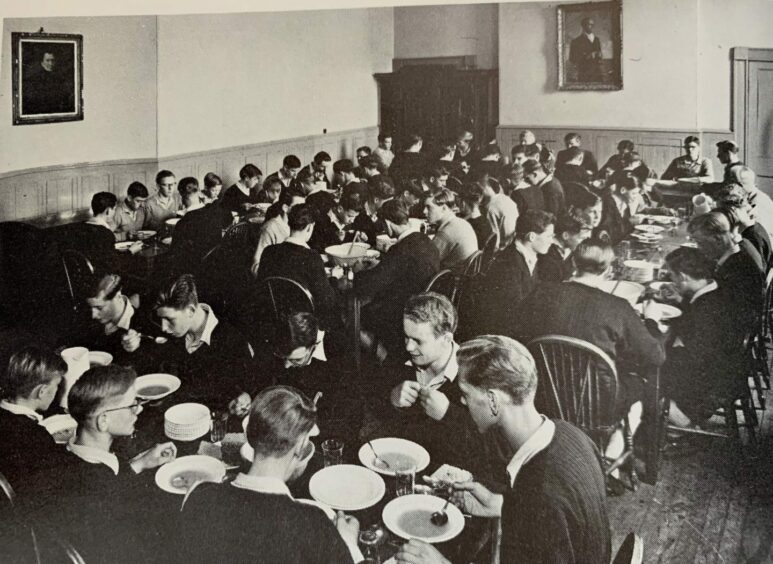
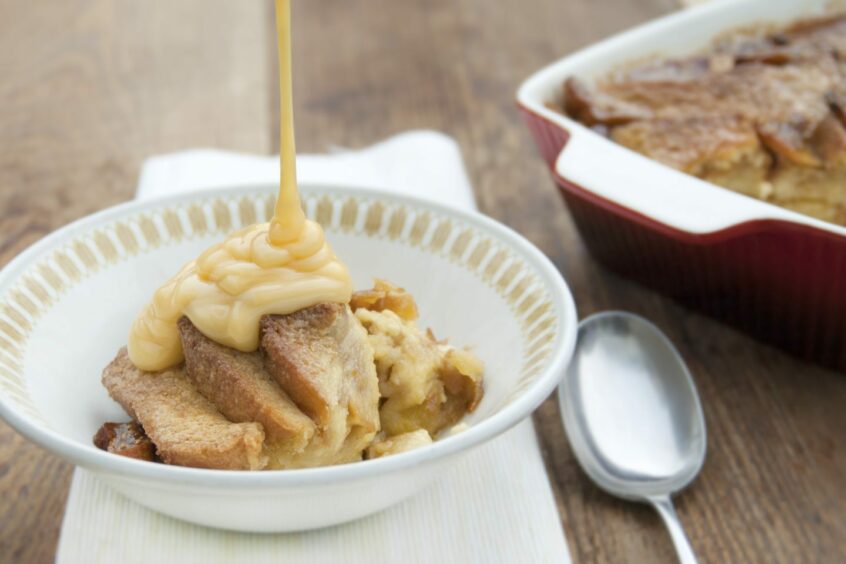
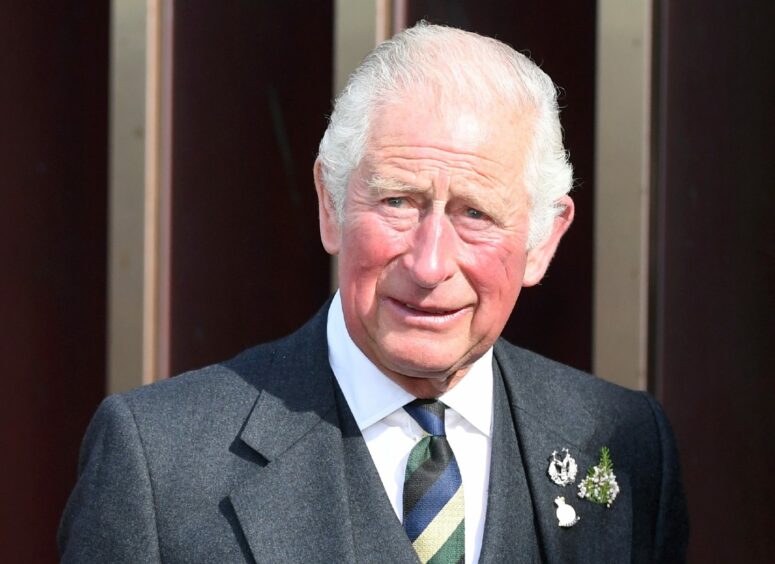
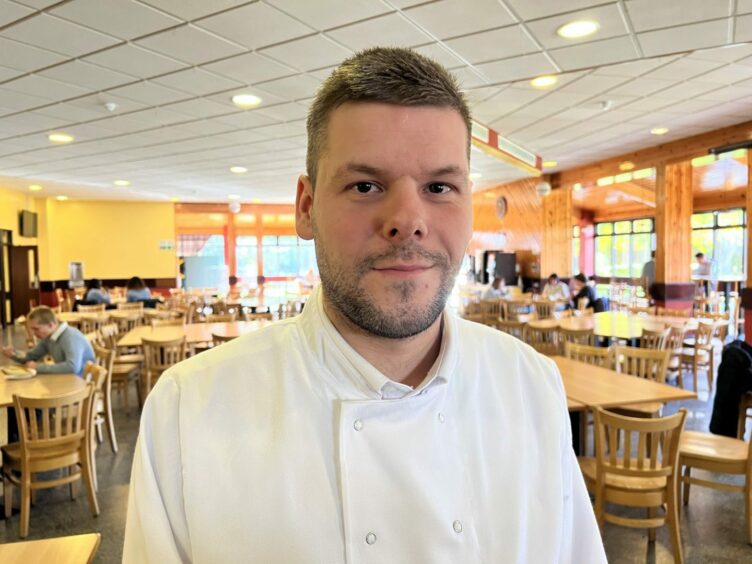
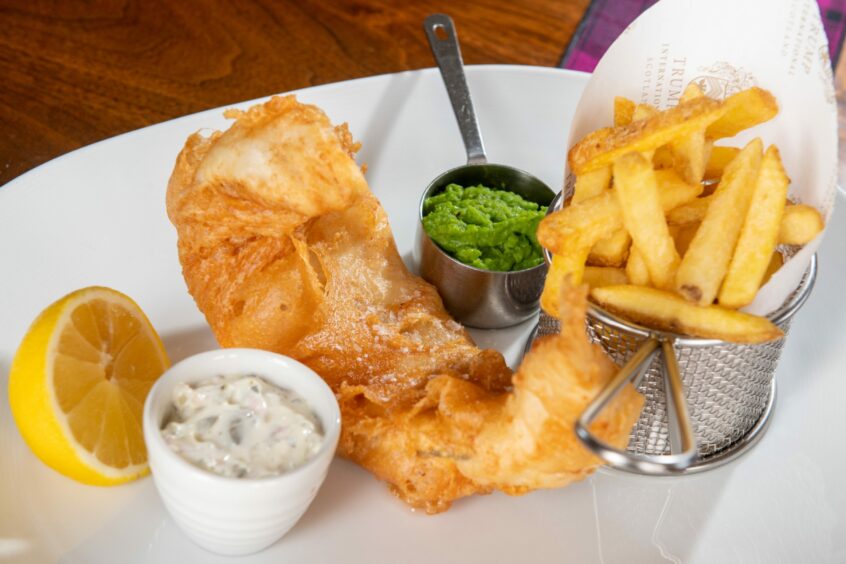
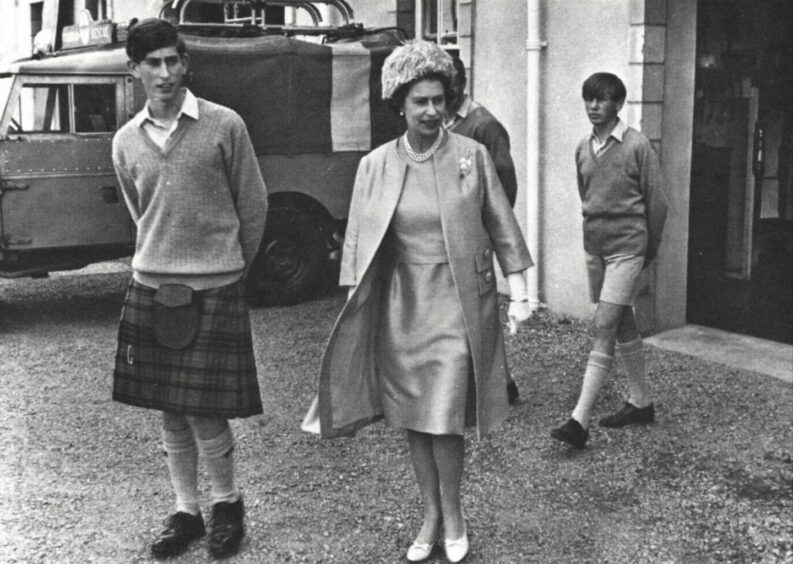
Conversation